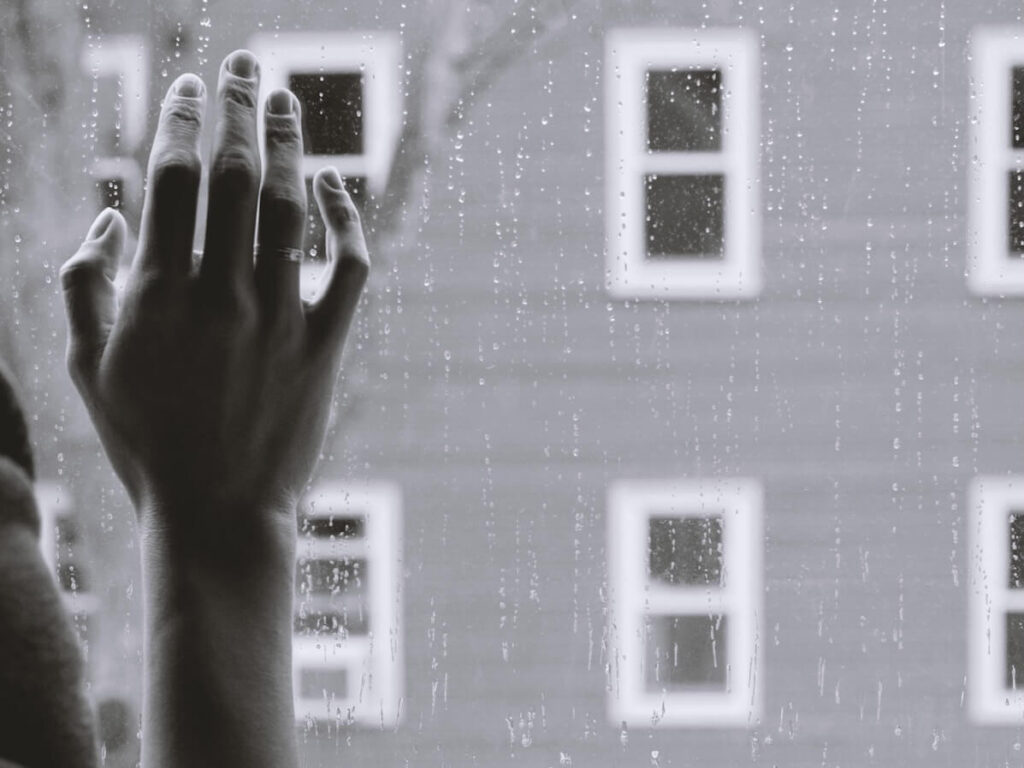Depression is a complex and multifaceted condition that affects millions of people worldwide. Traditional treatments like medication and talk therapy are vital, but there’s an increasing recognition of the therapeutic power of creative pursuits. Art, music, and dance therapy are emerging as effective complementary treatments for depression, offering a voice to emotions when words are hard to find.

Art Therapy: Painting Your Emotions
Art therapy facilitates self-expression through painting, drawing, or sculpting, enabling individuals to communicate feelings they may not be able to articulate verbally. This form of therapy can be particularly beneficial for those suffering from depression, as it provides a safe outlet for expressing complex emotions. Art therapy helps in reducing symptoms of depression by enhancing self-awareness and offering a sense of accomplishment.
Music Therapy: The Rhythms of Healing
Music therapy uses the rhythm and melody of music to encourage emotional expression and promote mental well-being. Whether it’s listening to calming melodies, writing lyrics, or playing an instrument, music therapy offers a unique avenue for those battling depression. It can lower stress levels, improve mood, and provide a comforting, sonic embrace where words can fail.
Dance Therapy: Movement as Medicine
Dance therapy, or movement therapy, is a therapeutic approach that uses dance to improve physical, emotional, and mental well-being. For individuals with depression, dance therapy can be an empowering tool to express emotions through the body, creating a profound connection between physical movement and mental health. It improves self-esteem, body image, and can foster a sense of community and belonging.
Integrating Creative Therapies in Treatment Plans
While these therapies are beneficial, it’s crucial to remember they are complementary treatments. For best results, they should be part of a broader treatment plan, which might include traditional therapies and medications. Consultation with a mental health professional, like those at Cova Psychology, can provide guidance on integrating creative therapies into your treatment plan.
Ready to get started?
Creative therapies offer a refreshing perspective in the battle against depression. By engaging in art, music, and dance therapy, individuals can find new ways to express themselves, cope with their emotions, and embark on a journey of healing and self-discovery. Remember, seeking professional help is crucial, and therapies should be tailored to your unique needs and circumstances.

